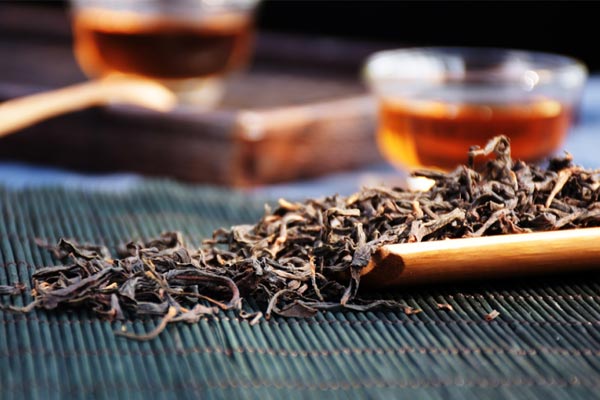The ultimate goal of tea drinking is ultimately a cup of refreshing, non-cloying tea!
After trying hundreds of teas, I ultimately return to the simplest of things.
The ultimate goal of tea drinking isn't to find a specific type of tea, but to find the tea that suits your taste—the kind that's delicious, non-cloying, and a daily companion.
Why is refreshing, non-cloying the ultimate goal of tea drinking?
After drinking tea for a while, you'll find that some teas, while stunning at first, struggle to become a regular part of your life. The main reasons for this are their palate-burdening and body-tolerance.
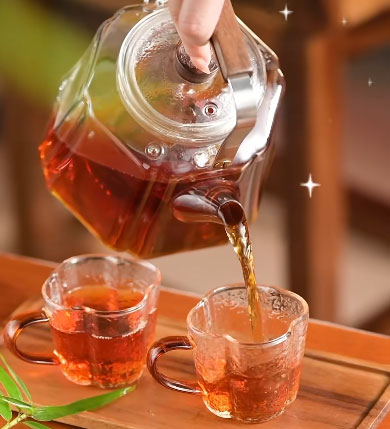
Black tea.
Its sweet aroma is prominent, and the full oxidation process creates a rich, sweet tea. Take Dianhong, for example. As a large-leaf tea, it has a high content of tea polyphenols. Although most of these polyphenols have been converted to thearubigins and theaflavins, it still has a certain astringency, making it cloying if you drink too much. Although Tongmuguan black tea is known for its longevity and rich flavor, its market price is too high, making it difficult to buy high-quality tea from its original location or of very low quality.
Pu'er Tea.
Raw Pu'er tea is bitter and astringent, with a strong aftertaste, but its "grassy" astringency makes it difficult for many to accept. Ripe Pu'er tea, on the other hand, has a unique, aged flavor that not everyone can get used to.
Fermented ripe tea and aged tea produce fatty acids and oils during processing and aging, which contribute to Pu'er tea's rich taste. However, excessive amounts can lead to a cloying feeling.
Also, using too high a brewing water temperature (e.g., over 95°C) or steeping for too long can cause excessive release of tea substances (including those that may cause cloying sensations) into the tea, exacerbating the sticky feeling in the mouth.
Overdosing the amount of tea leaves, resulting in an overly concentrated tea, is also a common culprit.
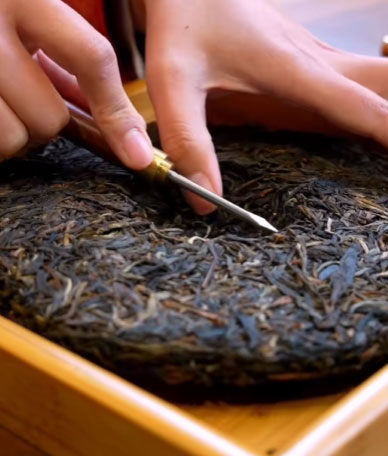
Rock Tea
The flavor is intense, and prices are sky-high. Authentic rock tea from the pits is hard to come by, while counterfeit teas from other mountains are flooding the market. Its high roasting temperature can easily cause inflammation and oral discomfort before annealing, and excessive drinking can lead to nausea.
In recent years, Dahongpao has become somewhat over-the-counter, with various rare and valuable teas, such as Niulankeng and Matouyan, becoming ubiquitous.
You can't find the real deal. Average-quality rock teas have a fragrant aroma for the first three brews, but quickly become watery and bland. The tea may be dark in color, but the flavor is bland and lacks a rich, full-bodied flavor.
Some so-called rock teas have almost no aroma, leaving only a hint of charcoal roasting and smokiness.
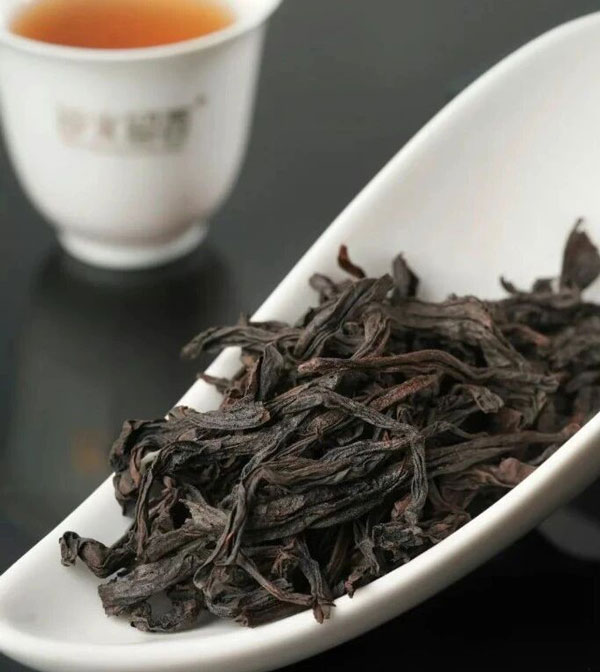
Dark tea.
Historically marketed as a border tea, its robust flavor makes it suitable for regions with rich diets, but difficult for those accustomed to lighter fare.
Black tea from small manufacturers may cause concerns about mold control, which could negatively impact your health.
It's especially recommended to avoid drinking with very strong tea infusions, as excessive amounts can lead to poor physical well-being.
White tea.
Prices soared in recent years, and while they've now fallen, their flavor is bland and lacks depth, making them tedious over time. If you consistently use the same water temperature, brewing time, and teaware, you're not fully exploring the tea's potential, resulting in a consistently monotonous flavor and a sense of boredom.
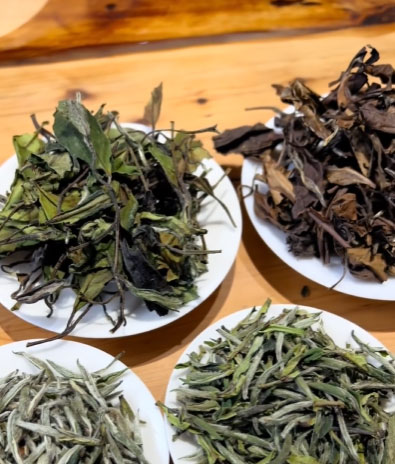
Green Tea and Oolong Tea: Ideal for Everyday Drinking
In contrast, green tea and some Oolong teas better meet the need for a refreshing, non-cloying experience. While green tea's cold nature is often cited, its refreshing, invigorating properties are truly endearing.
Green tea market prices are relatively transparent, with varieties like Lu'an Guapian, Enshi Yulu, and Taiping Houkui all offering excellent springtime flavors that last for a long time without becoming cloying. Among oolong teas, Taiwanese oolongs (such as Dayuling, Alishan, and Shanlinxi) are lightly oxidized and fermented, resulting in a refreshing and smooth taste. Southern Fujian oolongs, such as Tieguanyin, Benshan, and Meizhan, offer a rich aroma and a mellow, fresh flavor. Shuixian (Narcissus) from Zhangping, western Fujian, boasts a mellow, rich aroma and affordable price, making them long-lasting choices.
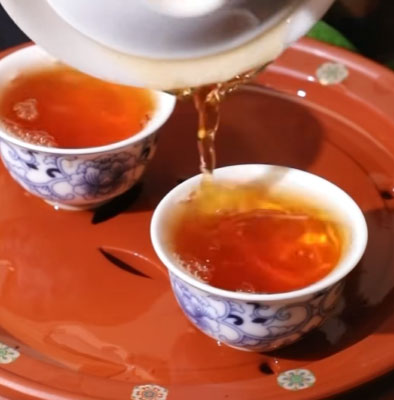
Guangdong oolongs have a vibrant aroma, so it's recommended to enjoy them at intervals rather than overdrinking them constantly, as excessive consumption can become boring. Enjoying them again after a while can create a unique, "long-awaited" and stunning experience.
The ultimate choice lies in cherishing what's palatable.
The ultimate in tea isn't about chasing the most expensive or trendy tea, but rather finding the tea you enjoy drinking day in and day out, never tiring of.
This type of tea is often reasonably priced, enjoyable, and gentle on the body.
The journey of tea drinking is like life: after experiencing the hustle and bustle of life, one will ultimately return to the true taste of simplicity. And this true taste may be a cup of tea that's refreshing and invigorating, without burdening the body and mind.

%20--%3e%3c!DOCTYPE%20svg%20PUBLIC%20'-//W3C//DTD%20SVG%201.1//EN'%20'http://www.w3.org/Graphics/SVG/1.1/DTD/svg11.dtd'%3e%3csvg%20version='1.1'%20id='图层_1'%20xmlns='http://www.w3.org/2000/svg'%20xmlns:xlink='http://www.w3.org/1999/xlink'%20x='0px'%20y='0px'%20width='256px'%20height='256px'%20viewBox='0%200%20256%20256'%20enable-background='new%200%200%20256%20256'%20xml:space='preserve'%3e%3cpath%20fill='%23FFFFFF'%20d='M194.597,24.009h35.292l-77.094,88.082l90.697,119.881h-71.021l-55.607-72.668L53.229,232.01H17.92%20l82.469-94.227L13.349,24.009h72.813l50.286,66.45l58.148-66.469V24.009z%20M182.217,210.889h19.566L75.538,44.014H54.583%20L182.217,210.889z'/%3e%3c/svg%3e)



